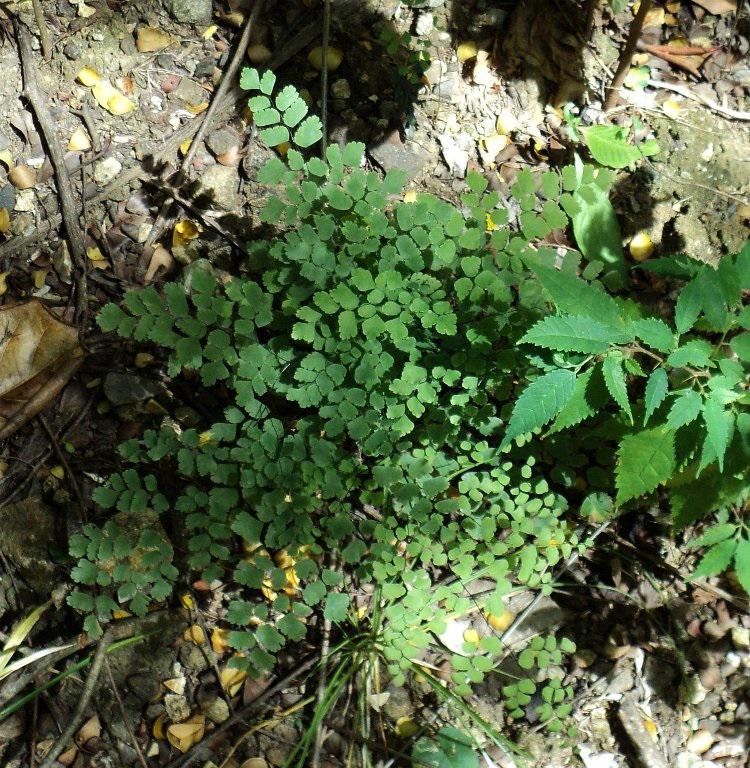Kevel Lindsay
The aims of this project are to survey and determine the status of the ferns of the country and highlight species of critical concern and to increase the awareness of the value of native ferns and conserve and protect their habitats.
This project will focus on the regional range-restricted ferns, the species of which are only known from one small population or from areas less than a few hundred square meters in extent. It will highlight the plight of these ferns and their ecosystems, and will produce a National Conservation Plan, a National Fern Red List, and an educational booklet. It will strengthen national biodiversity conservation by highlighting their plight and use them as a vehicle to promote forest protection.

It is an ongoing long-term initiative of Kevel Lindsay, in partnership with the Environmental Awareness Group (EAG). The organisation’s Antigua and Barbuda Plant Conservation Project (ABPCP) recently published a book - The Wild Plants of Antigua and Barbuda: An Illustrated Guide to the Vascular Native and Naturalised Plants (please see http://www.eagantigua.org/page545.html). It was co-authored by Kevel Lindsay, this project's lead researcher and Principal Investigator (PI). Though the book highlighted native ferns, unfortunately, the approach was not adequate to emphasize the conservation needs of the rare, endangered, threatened and range-restricted species and their habitats. Before the ABPCP, only 33 ferns were officially recorded (Box 1937 and Howard 1977). Mr. Lindsay's work during that effort, and subsequent to it, has shown that the island's fern flora may in fact be between 60 and 80 species, a more than 50% increase in numbers. Even modest efforts to document the islands’ species have shown that the island’s pteridophyte flora can still provide new surprises. For example, a few days of field surveys during October 2010 provided records for an additional four to six species.
Given the delicate nature of many of the fern species and the need for relatively stable intact forest ecosystem habitats, this project seeks to highlight the value of ferns, as well as focus national attention on the need to protect native forests and flora.
The project can also serve as a template for the conservation of ferns in the wider Lesser Antilles. Mr. Lindsay’s efforts over the past three years have revealed that little is known about the region’s ferns beyond the botanical works published by Proctor (1977), especially their conservation status. The approach in this project to document each species: their distributions, conservation status, identify threats, develop conservation approaches and increase awareness and education about their values, will perhaps provide opportunities and encourage other countries to similarly protect their fern flora and habitats.